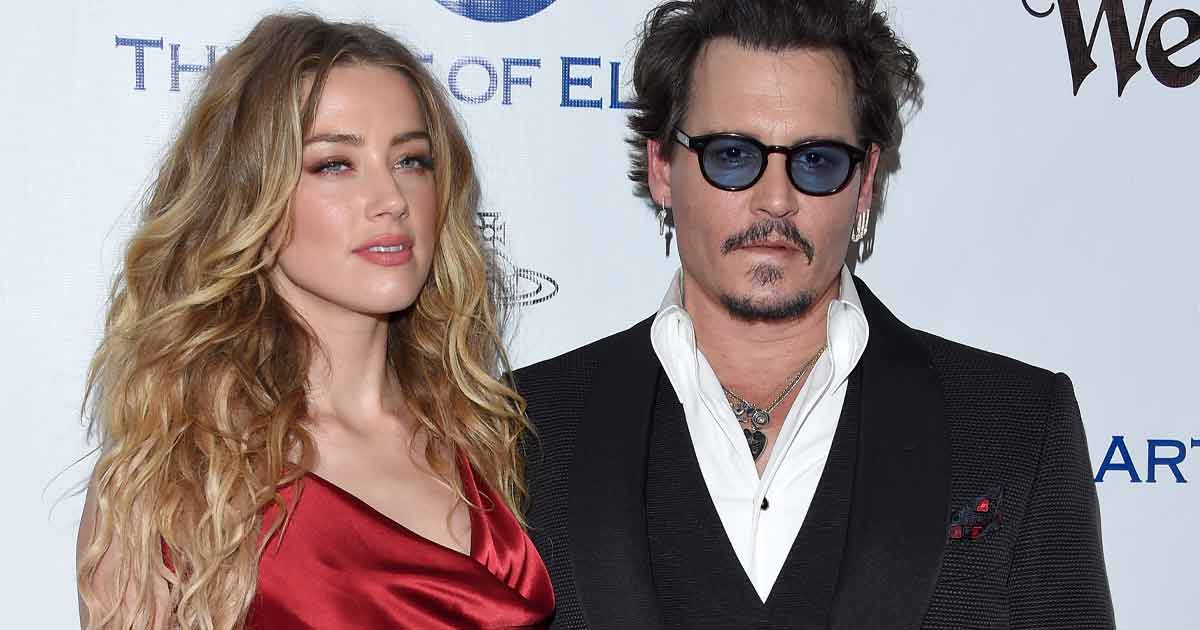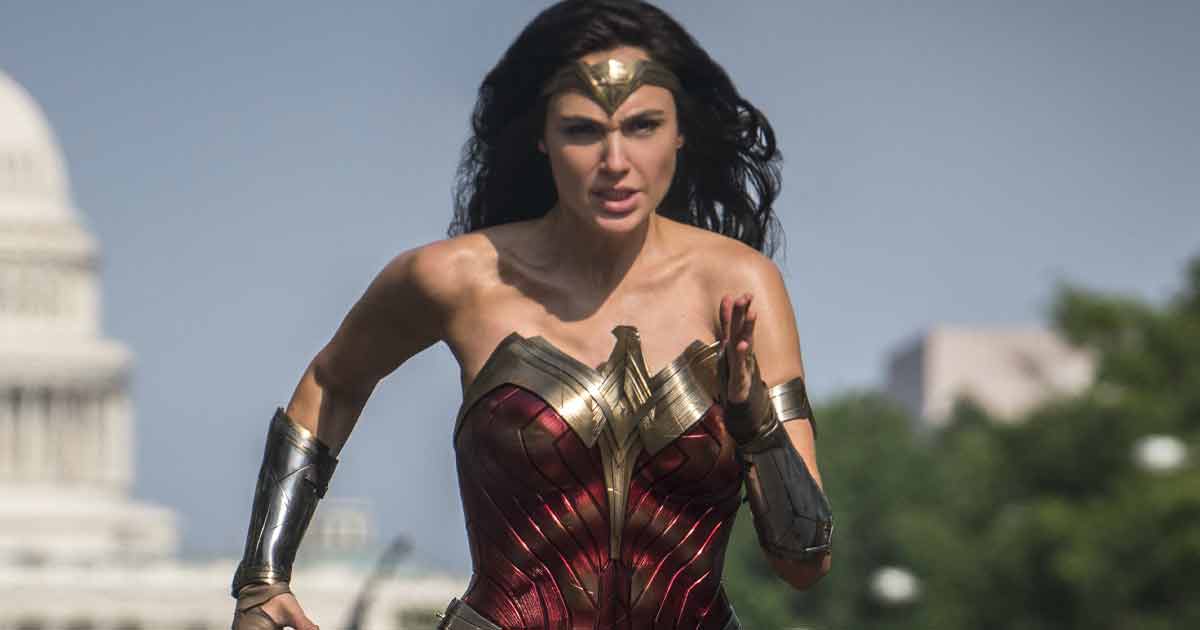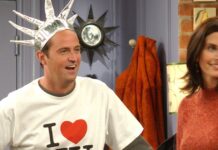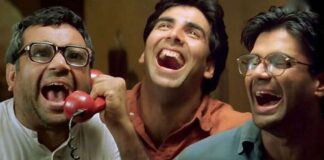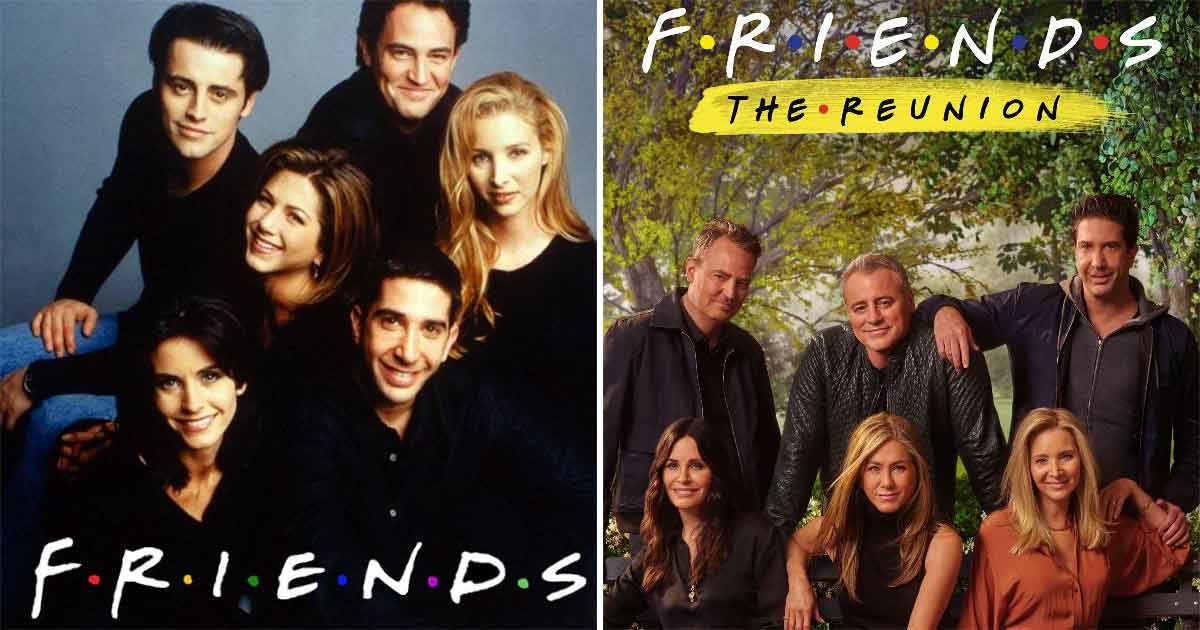
You would find plenty of warts about Friends, even at a casual glance. It’s about guys and girls in a couple of New York City apartments they’d probably be hard-pressed to afford, given their economic conditions over most of the show’s 10-year run. Their sole problem in life seems to be falling in and out of love. The storyline you got over a decade could well be capsuled into a two-hour Hollywood rom-com.
The show has been accused of body shaming, gay jokes and, lately, non-inclusivity, and its lead players of being sociopaths, unrealistic, philanderers and, at least one of them, selfish indecisive b***h.
Life’s like that, isn’t it — full of warts and often politically incorrect. Friends chose to show it all with abundant humour that never failed to be funny, serving the silly with a twist of the irreverent. It’s the reason the show survived all of the above.
Trending
The May 27 special, Friends: The Reunion, underlined that the 17 years that have passed since the last episode aired in 2004 have been more than just about survival in fan psyche. The complete absence of any fresh on-screen activity on the part of Rachel, Monica, Phoebe, Joey, Chandler and Ross — coupled with gossip about the actors that bring them alive, involving everything from Botox to drugs to inability handle fame — only heightened the lure of the show, adding to the hysteria as it quietly kept building over the years.
In India, for the record, the unscripted special clocked one million views within hours across the country. For a country that had hardly found any representation in the fictional world that the show set up over a decade, that’s a staggering statistic. Most social media reactions coming out of India, just as the rest of the world, have mirrored the sentimental frenzy that the show has built for itself. It shows the legend of Friends has only grown over 17 years cutting across demographic lines.
There is a pattern that pop culture follows. First comes the success, and only if the success sustains over a period of time does it pave way for an iconic stature. Notably, despite success, mainstream entertainment is often trivialised by those who look for finer sensibility even in what is meant to be served as mass entertainment. Friends did have to contend with as much during its decade-long run.
But the series faced a second problem — the fact that it was a comedy. The genre finds an instant fan base but it is prone to get dated soon enough, too, because comedy is thought to lack the essential heft to be taken seriously in the long run as, say, political drama, or biographical and historical fiction.
It would be simplistic to say the series managed to survive these challenges only because it has doled out a brand of humour that was down to earth, and in some way or the other delivered the lessons of life. Even today, after having watched the show a zillion times, one doesn’t exactly sit down to watch the odd episode to draw life lessons from Friends.
The secret for the show crafting and sustaining an iconic stature lies in the fact that it continues to make the nineties and the noughties look happier than they probably were. Add to that the youth factor, which never fails to appeal. It is something that continues to set apart Friends from every other commercial entertainer of its era that might have also been mega-successful.
With Lisa Kudrow resolutely over-ruling any chance of a Friends revival towards the end of the reunion special, the popular sentiment for the original series only grows stronger. It gives an added incentive for fans to romance what they have already seen many times. Kudrow and her co-stars — Jennifer Aniston, Courteney Cox, Matt LeBlanc, Matthew Perry and David Schwimmer — would be aware of the fact. If the show’s slant at iconic irreverence ensures it will never go out of vogue, that is the cast’s ticket to television immortality.



 Follow Us
Follow Us